
Protection during installation of scaffolding
The installation of scaffolding took several weeks. During this time, there was a great awareness of the potential risk to the historic interiors and the collections in surrounding galleries. There were several methods of protection in place, to minimise risk from physical damage (e.g. knocks, scratches), as well as dust.
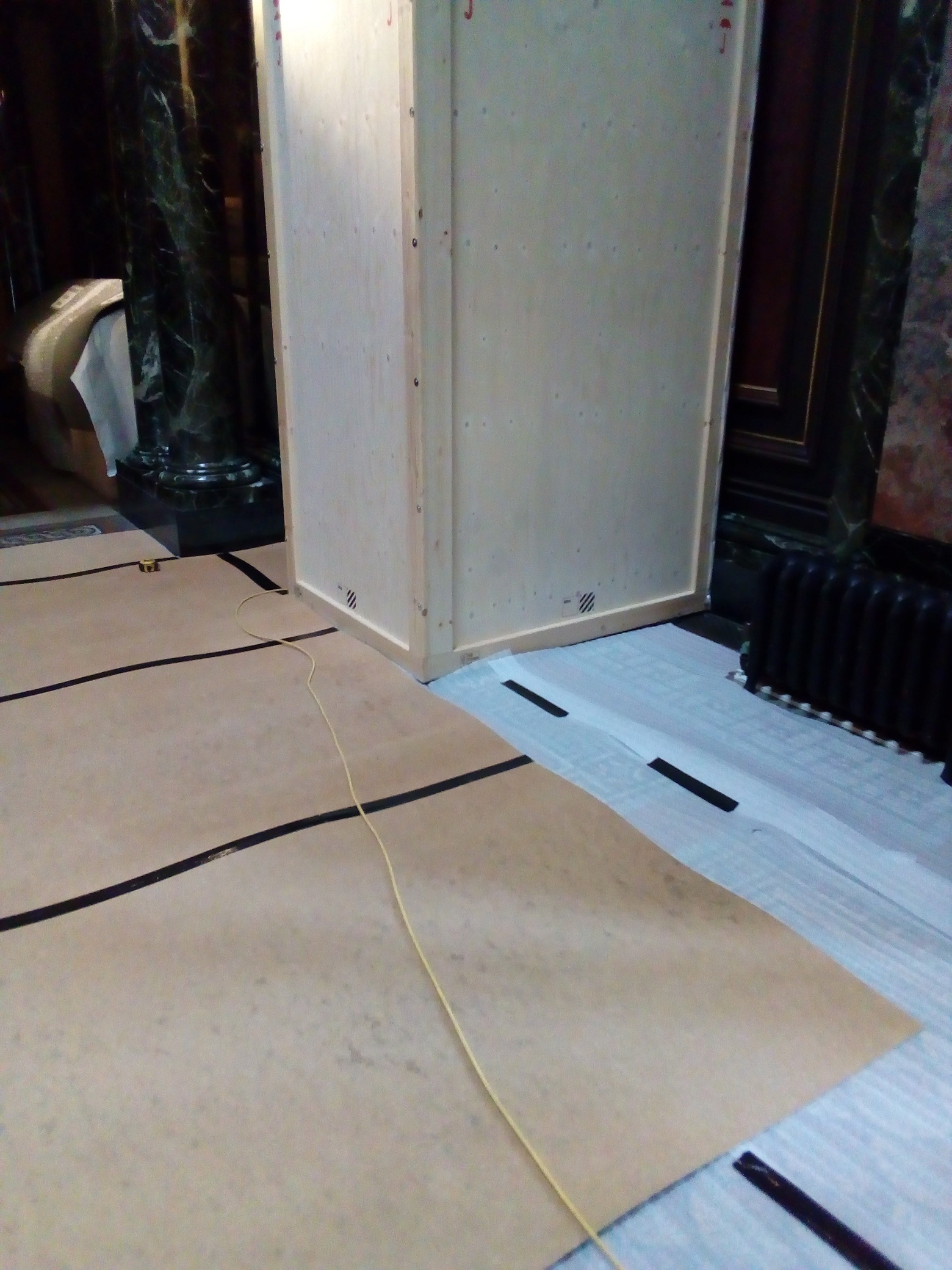
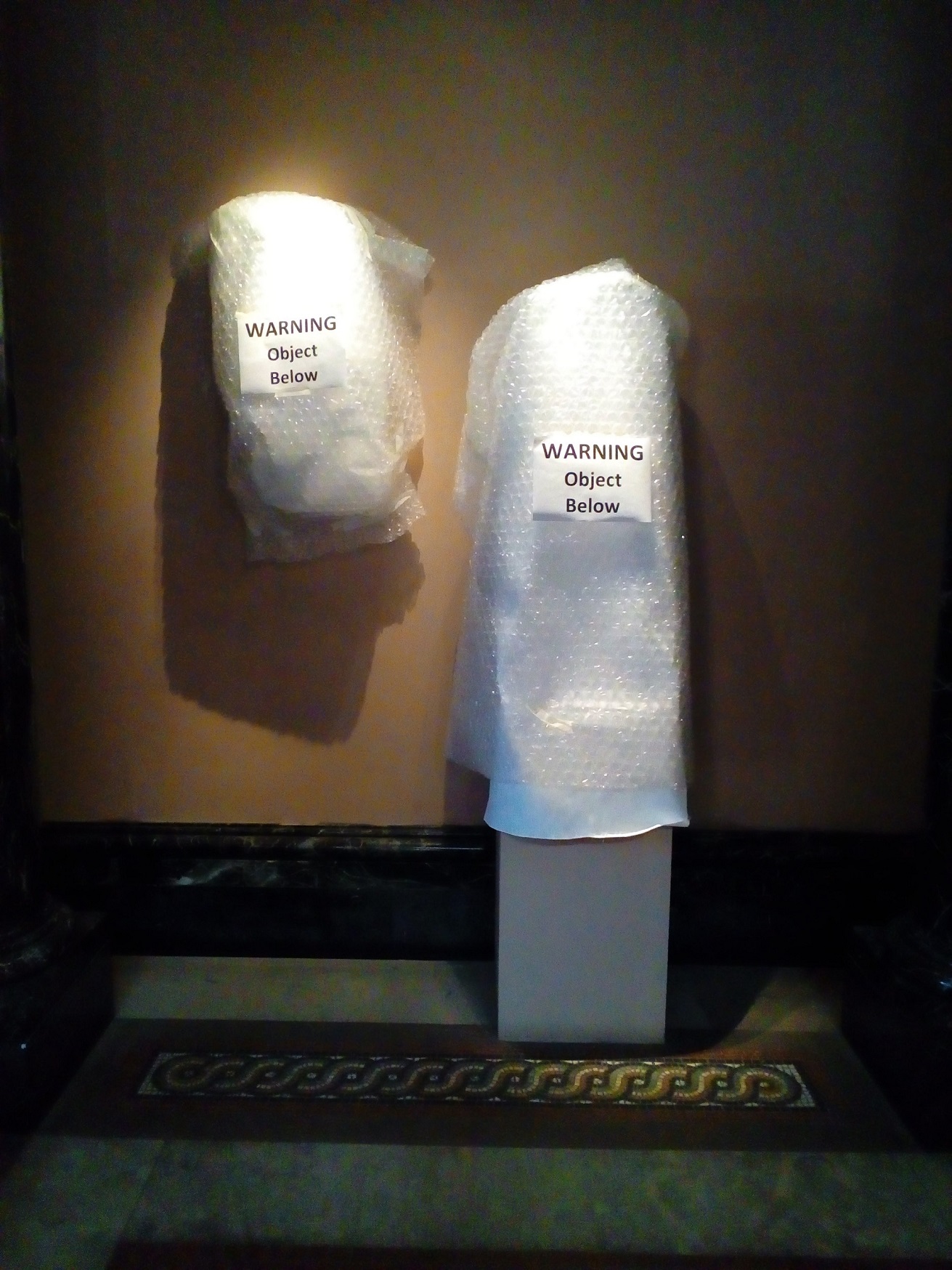

Up close
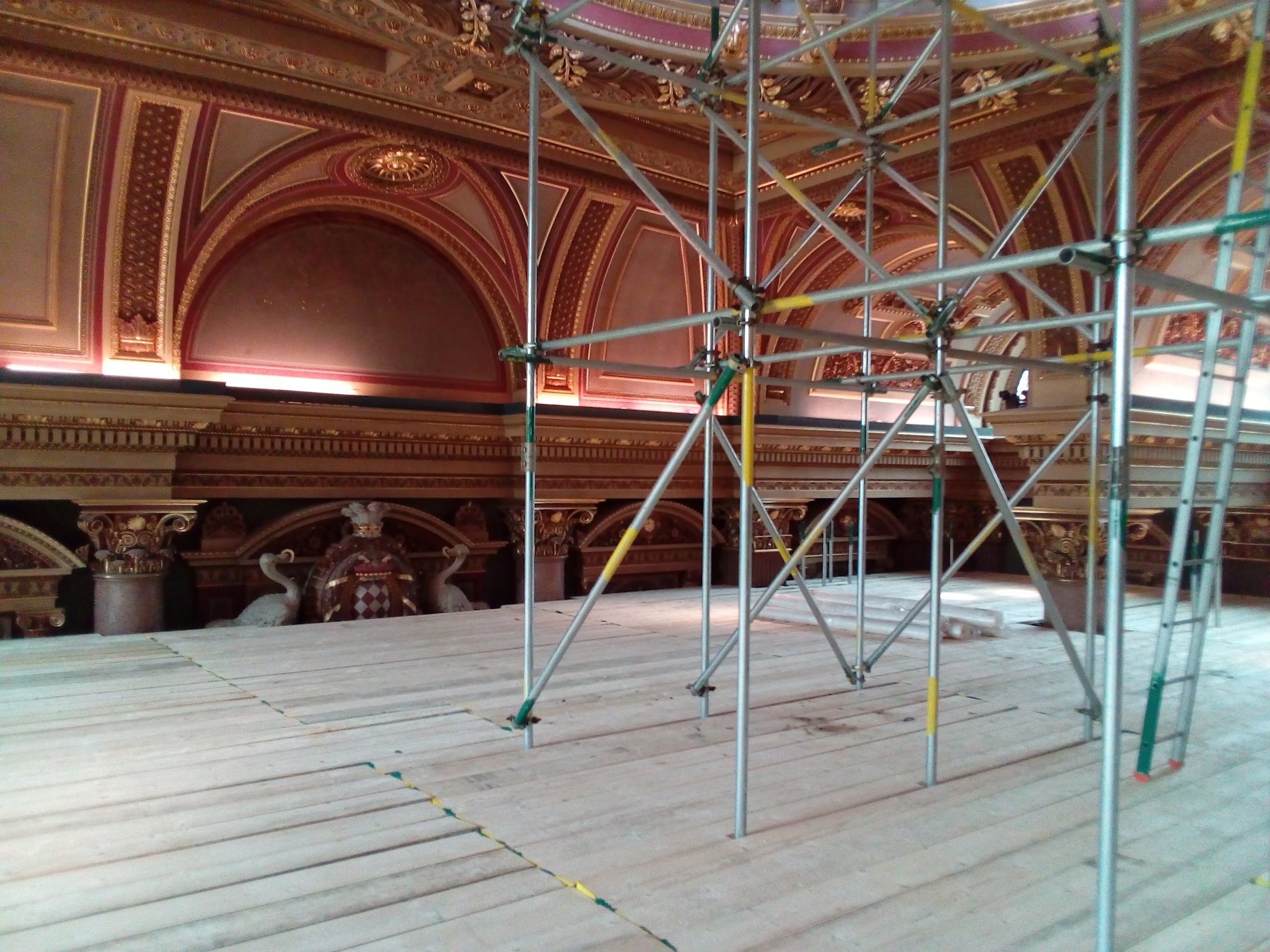
Now the scaffolding is up, survey work has begun and it provides a rare opportunity to get up close and personal with the lantern interior. Not only do we need to establish the extent of any deterioration or damage to the building and its decorative interiors, but also if we can understand the causes.
For example, staining in the dust below the side windows indicates that there has been condensation or water ingress. Closer inspection of the internal timber reveals that there is a condensation tray at the base of the lantern side windows. This design originally allows for collected condensation to flow through an outlet pipe to the outside. It may be that the pipes have been blocked by insects, causing the tray to overflow. To stop this happening in the future, we need to confirm the cause and either make modifications to the design or ensure changes to the maintenance of the current pipework.
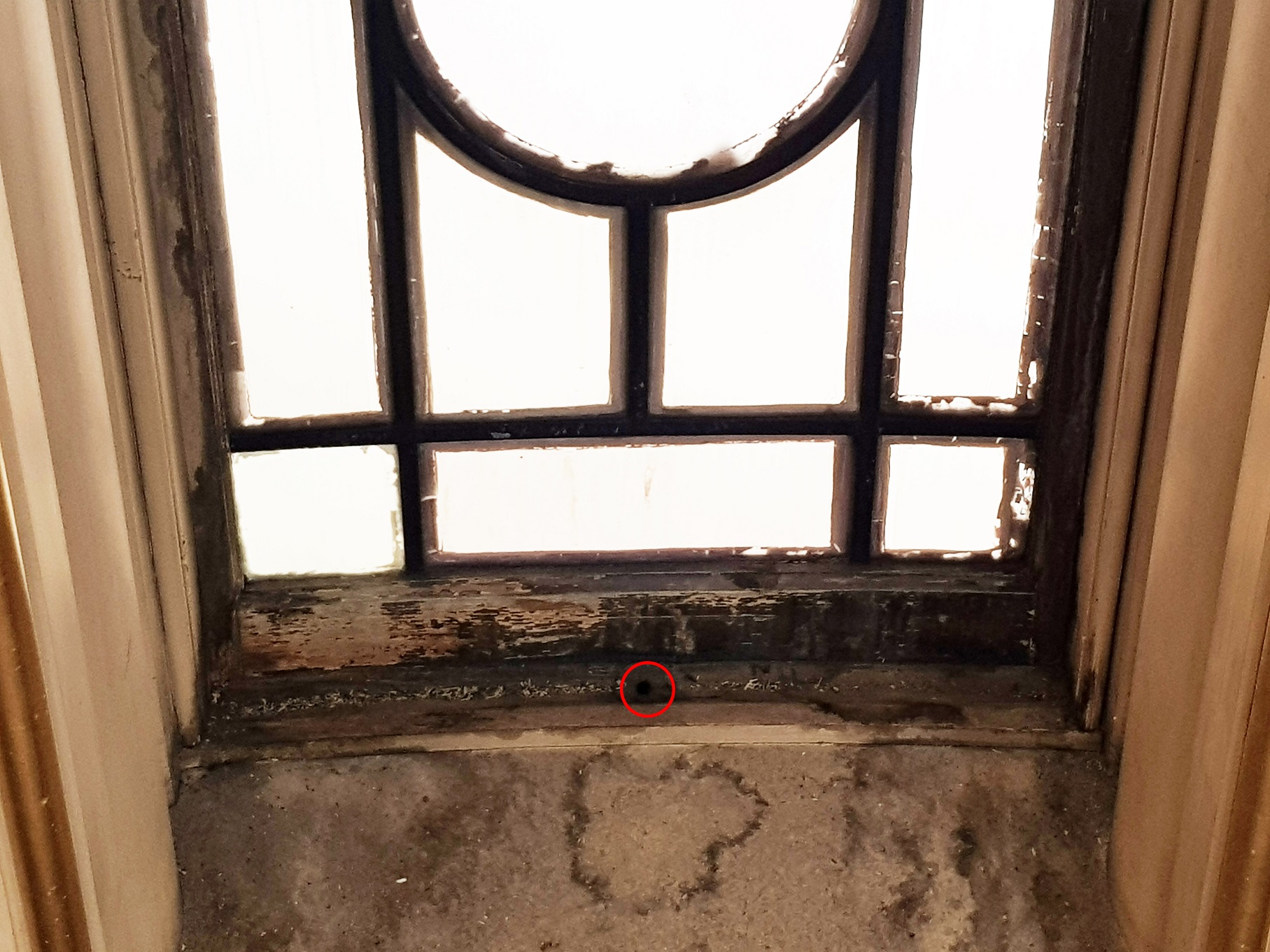
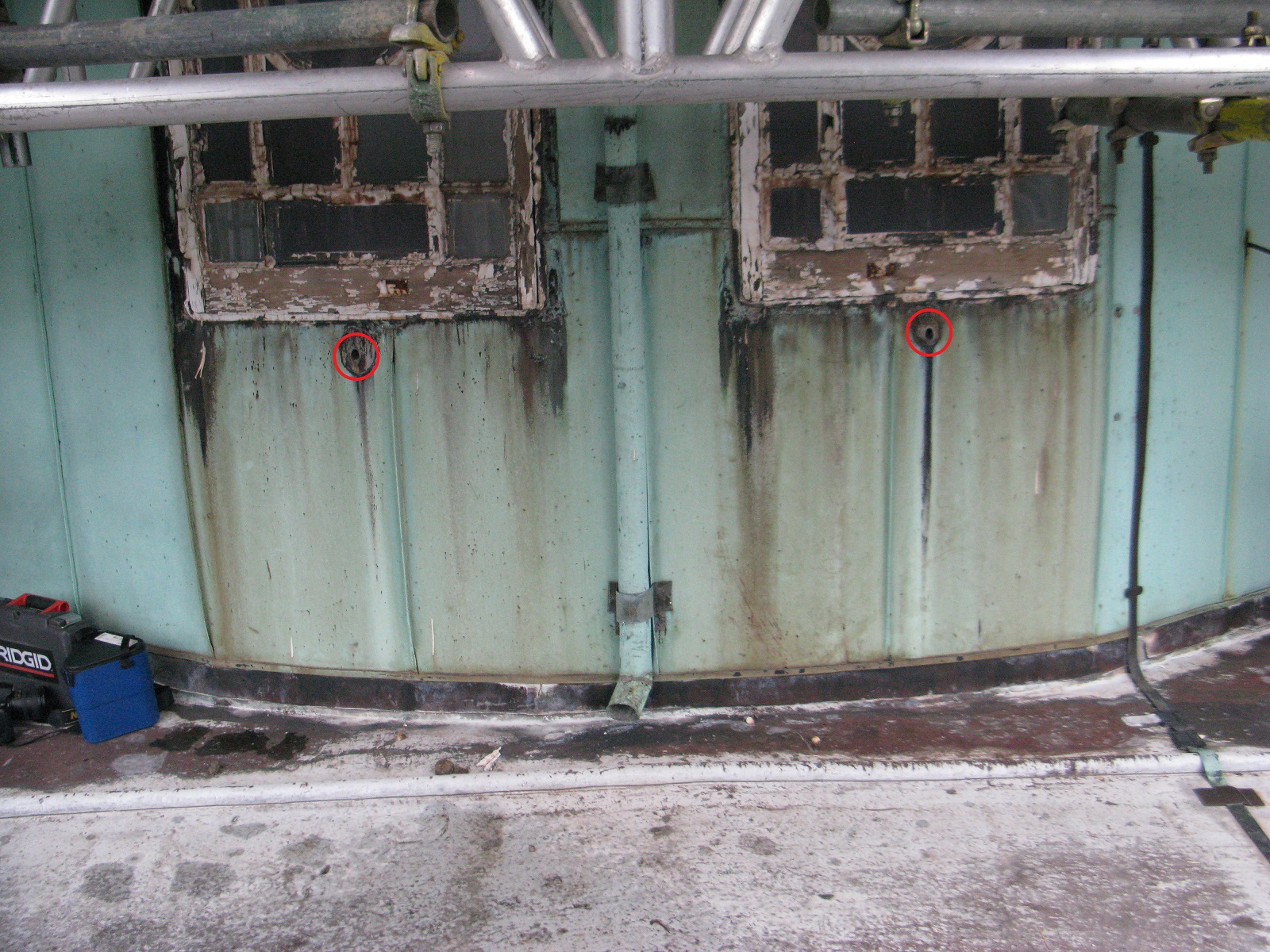
We are still at the early stages of the project, and so survey of the plasterwork and internal decoration are ongoing.
We shall keep you updated as the project progresses – watch this space!
